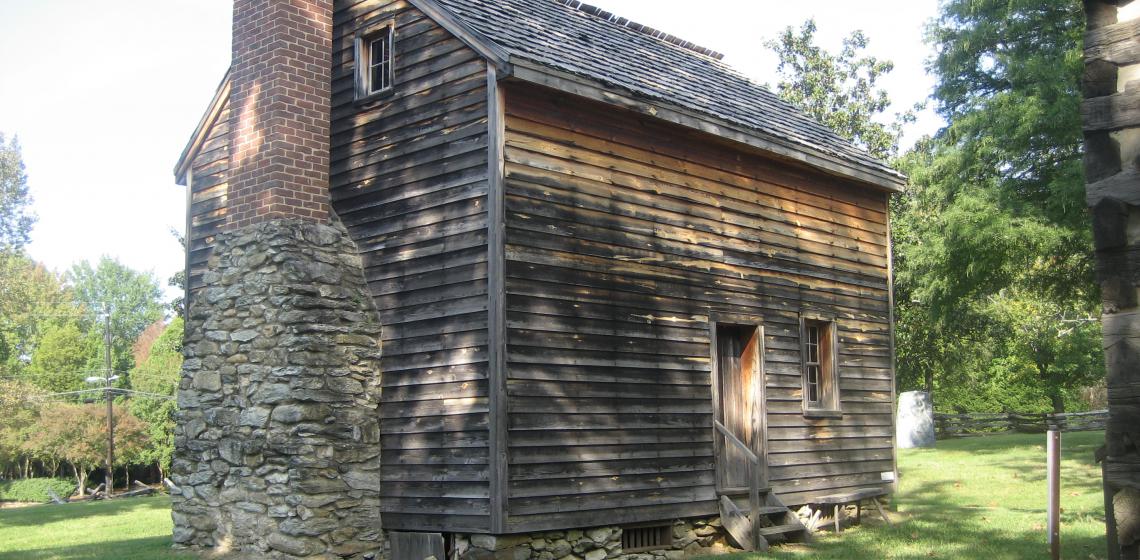Tannenbaum Historic Park (US)

When the British army of Lord Charles, Earl Cornwallis, moved into action at the Battle of Guilford Courthouse in 1781, it formed its lines on the farm of Joseph Hoskins. Part of his lands are now preserved at Tannebaum Historic Park in Greensboro, North Carolina.
Today, Tannenbaum Historic Park (also known as the Hoskins House Historic District) preserves a remnant of the 150-acre farmstead of Joseph Hoskins. Outside the museum facility, a short paved pathway leads to the restored Hoskins Farm complex.
Tannenbaum Historic Park preserves a clapboard-faced log cabin built by members of the family in the early 1800s. Around it, a forge, barn and kitchen recreate the farm as it appeared during the battle. Interpretive panels tell the story of the farm and its role in the American Revolution. The Colonial Heritage Center, the Historic Buildings and the park grounds offer hands-on exhibits, living history presentations and historic trade programs that paint an engaging portrait of the people, artefacts and activity of Colonial America. The gardens demonstrate crops and plants grown on the farm at the time of the American Revolution.
The Hoskins house resembles the original and dates from the early 1800s. The kitchen or "cook house" has been reconstructed. Unlike Southern kitchens of a later era, it was not connected to the house by a breezeway. The reconstructed farm allows visitors to see the Hoskins Farm as it appeared in 1781.
The Tannenbaum Historic Park also includes the 19th century Coble Barn which was moved from a south-eastern part of Guilford County and restored and located within the park. In 1987 the Park was deeded to the City of Greensboro.
Text source: exploresouthernhistory.com, guilfordbattlegroundcompany.org
Photo: Hoskins House, September 2012, By Rhpotter - Own work, CC BY-SA 3.0, https://commons.wikimedia.org/w/index.php?curid=21696112
